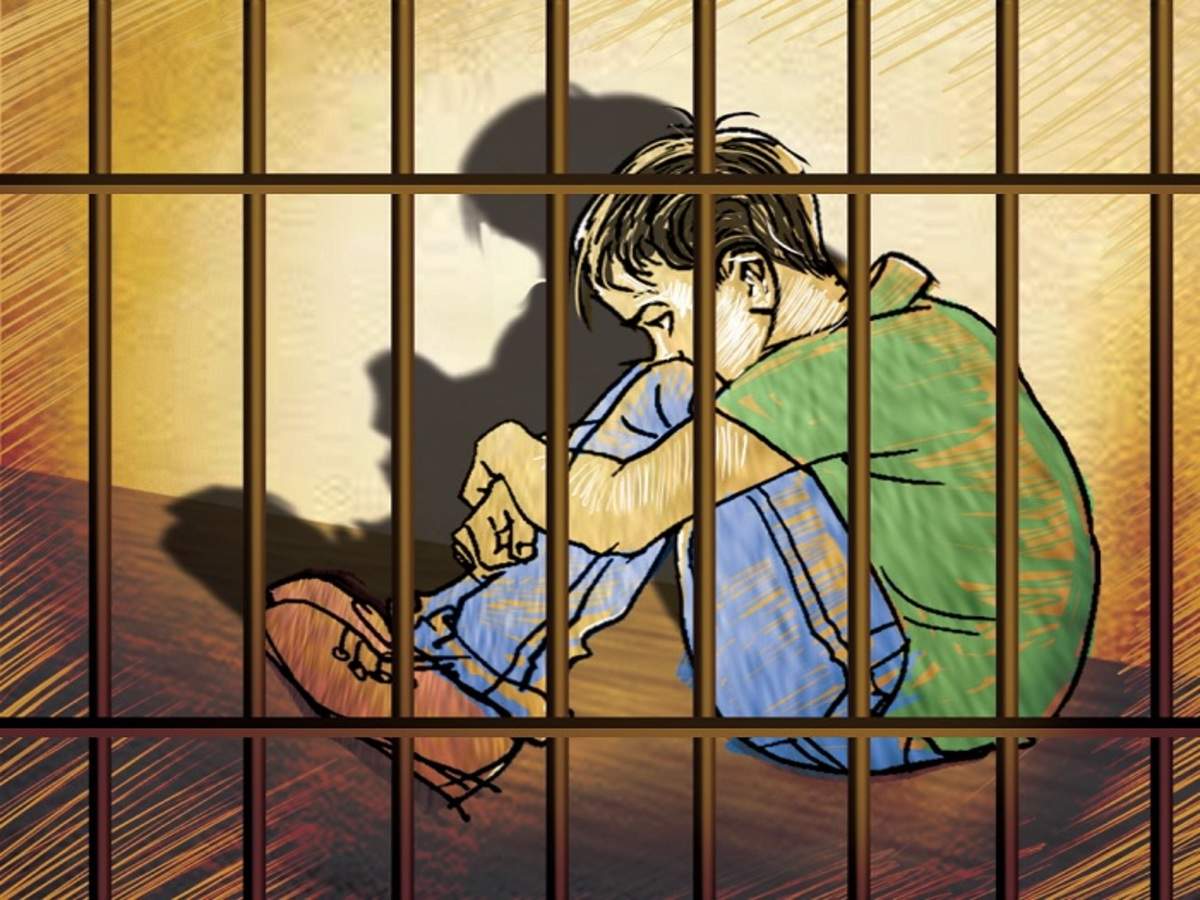Nearly six million Americans are at least three months behind on their federal student loan payments, putting many at risk of defaulting soon. Delinquency starts the day a payment is missed and is reported to credit bureaus after 90 days, which harms credit scores. Continued delinquency can lead to default, triggering much harsher consequences like wage garnishment and loss of tax refunds or Social Security payments.
Consumer Reports advises borrowers facing difficulties to immediately contact their loan servicer to explore repayment plans suited to their financial situation.
For those already in default, two main options are loan rehabilitation—making affordable monthly payments for about 10 months to remove default status—and loan consolidation, which combines one or more defaulted loans into a new single loan payment but may increase overall interest costs.
The crucial advice is not to ignore the problem because addressing it early provides more options to regain control over the loans. Additionally, borrowers should avoid student loan scams promising quick debt relief, as they often involve high fees or identity theft risks.
The immediate steps to avoid federal student loan default are:
Contact your loan servicer immediately if you are having trouble making payments or expect to miss a payment. Ignoring the problem will worsen your situation. Switch to a lower payment option, such as an income-driven repayment (IDR) plan, which bases monthly payments on your income and household size. Applications for IDR plans have been reopened and simplified. Set up automatic payments (autopay) through your loan servicer. Autopay can help prevent missed payments and may reduce your interest rate by 0.25%. If you cannot afford payments even under an IDR plan, you may qualify for temporary relief options like deferment or forbearance to pause payments temporarily. Use the Federal Student Aid Loan Simulator to find the best repayment plan for your situation and apply for it. Monitor your loan status regularly online at StudentAid.gov and communicate early with your loan servicer to understand your options. Avoid waiting until delinquency reaches 90 days, since loans are reported to credit bureaus at that point, negatively affecting your credit score. If your loan is already in default, options such as loan rehabilitation and loan consolidation can help bring the loan back into good standing and stop collection actions like wage garnishment. Acting early and proactively managing your loans are key to avoiding default and its severe consequences such as wage garnishment, tax refund withholding, and credit damage.
Delinquency negatively affects your credit score over time in the following ways:
Once a payment on a loan or credit account is more than 30 days late, it is reported as delinquent to credit bureaus, which causes a noticeable drop in your credit score. The longer the delinquency lasts, the greater the damage. For example, a payment that is 30 days late can drop your score by 90-110 points, and a 60-day late payment can drop it by around 130-150 points. After 90 days of delinquency, the account is usually considered in default, leading to severe credit score damage as well as potential collections and legal actions. This can cause even deeper long-term credit harm. Delinquencies stay on your credit report for seven years from the original delinquency date, continuing to impact your creditworthiness during that period, although their impact diminishes over time. The credit score impact depends on factors like your previous credit score and how many payments have been missed, but payment history is the most significant factor in credit scoring models. Early action, such as making a minimum payment to stop the delinquency from worsening, can help mitigate the damage. Delinquency also affects your ability to get new credit, may increase borrowing costs, and can lead to suspension of charging privileges.
How does SAVE plan interest reinstatement change your balance
The reinstatement of interest on federal student loans under the SAVE (Saving on a Valuable Education) plan means that starting August 1, 2025, interest will begin accruing again on borrowers’ loan balances after a pause during which no interest was charged. This causes the loan balance to increase over time if the accrued interest is not paid.
Key impacts on your balance due to SAVE plan interest reinstatement include:
Interest will accumulate monthly on the principal balance, increasing the total amount owed. Even though payments may still be paused temporarily (forbearance), the growing interest will cause your loan balance to balloon, making eventual repayment more challenging. The unpaid interest is separate from the principal balance but can capitalize (get added to the principal) if you switch plans or at certain milestones, further increasing the loan balance. Borrowers are encouraged to make payments at least covering the monthly accrued interest to prevent the balance from growing. Remaining in SAVE forbearance without making interest payments will delay progress toward loan forgiveness. The SAVE plan is expected to be eliminated by July 1, 2028, requiring borrowers to switch to another
Read More

